I'm trying to create a clustered column chart that would show a sum of values, by month for each person with each cluster representing the same month. The data that are in the following format:
I need to create something like this:
Each bar is a person with a sum for the specific month. The person is appearing multiple times in the table for each month so we need a sum for each month.
I've managed in power bi to create a chart grouped by person and month, but i need the opposite as explained above:
Any ideas?






